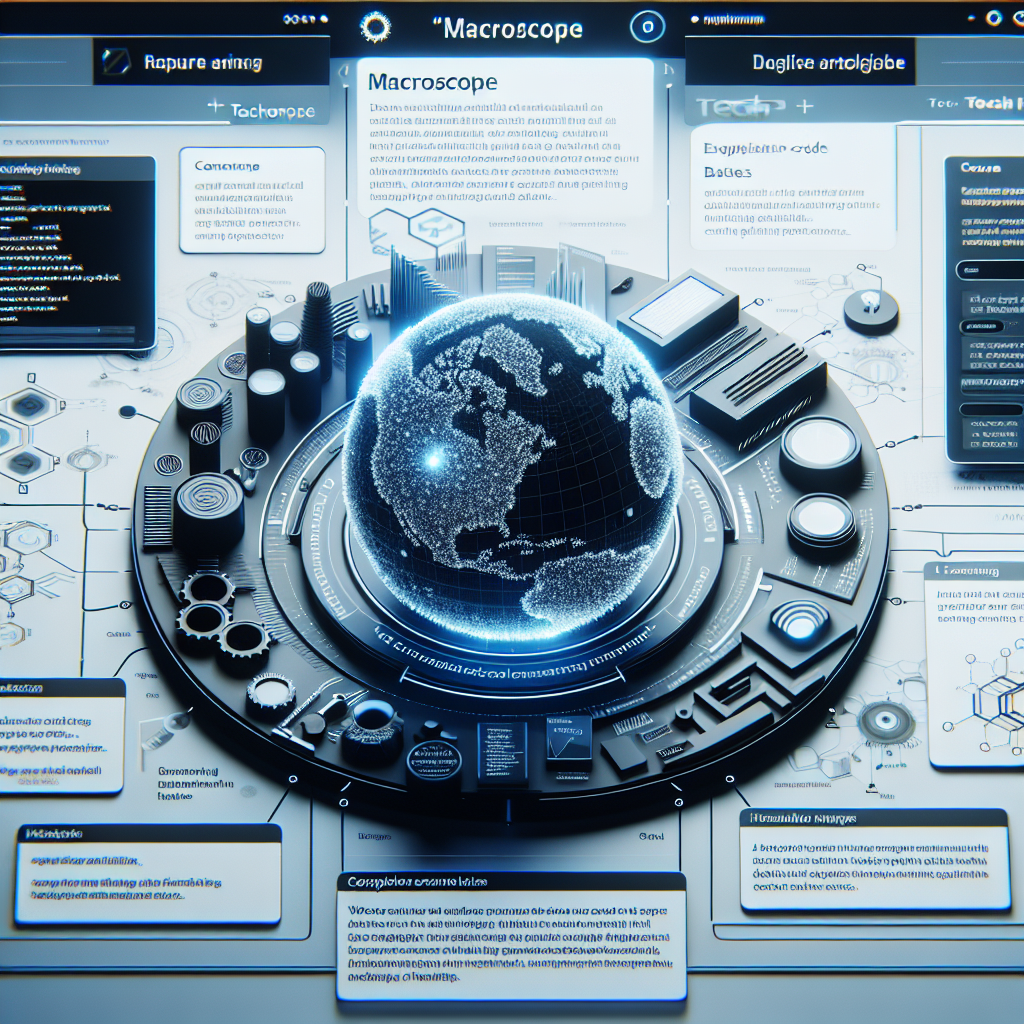
In a landscape where software development is increasingly complex, the need for intuitive tools has never been more critical. Enter Macroscope, the latest venture from the minds behind Periscope, aimed at revolutionizing how developers and product leaders interact with their code bases. Launched by Kayvon Beykpour, former head of product at Twitter, Macroscope offers a fresh perspective on code management and bug fixing through the power of artificial intelligence.
Founded in July 2023, Macroscope is the brainchild of Beykpour and his childhood friend Joe Bernstein, both of whom have considerable experience in technology startups, having previously worked at Periscope and their past enterprise startup, Terriblyclever. They are joined by Rob Bishop, a seasoned entrepreneur who previously sold his machine learning company, Magic Pony Technology, to Twitter. This stellar team brings a wealth of experience and insight to a pressing industry problem.
At its core, Macroscope is described as an “AI-powered understanding engine” designed to alleviate the burdens developers often carry when managing extensive codebases. Traditional tools like JIRA, Linear, and even spreadsheets can overwhelm engineers, often resulting in lost time and productivity. With Macroscope, Beykpour envisions a world where developers can focus on what truly matters—writing code—rather than getting bogged down by the minutiae of project management.
“I feel like I lived this pain…at every company I worked at… it was literally most of my job—and my least favorite part of my job as the head of product at Twitter,” Beykpour explained during an interview. This revelation stems from his firsthand experiences where understanding what countless developers were doing became an overwhelming task, especially in large organizations. Macroscope aims to solve this problem by bringing clarity to code changes and updates automatically.
As part of its functionality, Macroscope integrates seamlessly with GitHub, allowing users to install its application effortlessly. This initial step enables the software to analyze the code base, tracking changes and identifying bugs. In addition to GitHub, Macroscope offers optional integrations with tools such as Slack, Linear, and JIRA, ensuring that teams can easily incorporate the system into their existing workflows.
The implications of using a tool like Macroscope are broad. By automating the understanding of codebases, it significantly reduces the time spent in status meetings and enhances overall team efficiency. Developers, product leaders, and stakeholders can access crucial insights without the traditional overhead associated with project management, fostering a more productive work environment.
This innovation speaks not only to the immediate needs of software development teams but also reflects a broader trend in the tech industry—leveraging AI to streamline processes and enhance productivity. As companies continue to demand more from their engineering teams, tools like Macroscope are poised to become indispensable, offering clear value not just in performance but also in preserving the well-being of developers.
While specific pricing models and future updates remain undisclosed, the founders suggest that Macroscope will evolve based on user feedback and consistent innovation. This adaptability could prove vital for its long-term success, ensuring it meets the dynamic needs of the development community. With a strong foundation in past entrepreneurial success and an acute awareness of developers’ pains, Macroscope is well-positioned to disrupt the traditional project management space with its pioneering approach to AI integration.
By addressing some of the most pressing challenges in software development today, Macroscope represents a significant technological shift. Developers can expect a streamlined experience, where understanding the complexities of their codebase becomes an effortless task rather than a daunting challenge. As Macroscope spearheads this movement, it invites industry leaders to consider how AI can redefine productivity in the realm of software engineering.

Leave a Reply